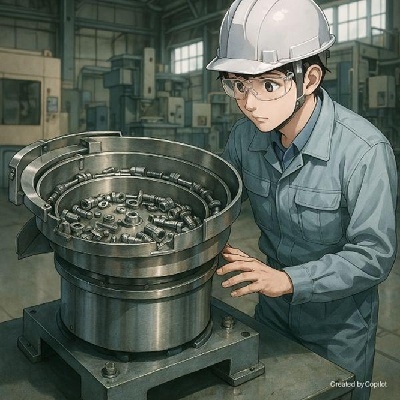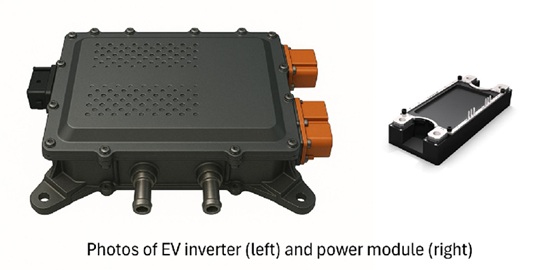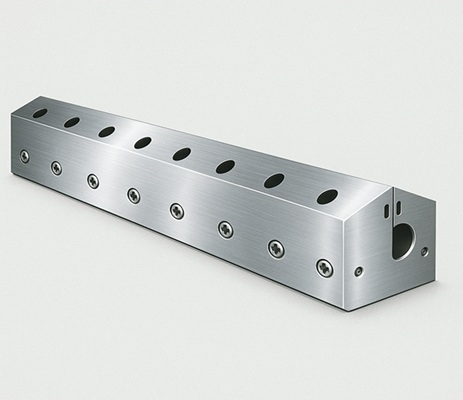
Parts Feeders — Key Equipment for Automation and Labor Reduction in Parts Supply
Parts feeders are devices designed to supply small or micro parts in a predetermined orientation and sequence within manufacturing processes. In assembly, machining, and inspection, parts feeders play a crucial role by providing a stable and consistent supply of parts without relying on manual labor. This contributes significantly to productivity, quality consistency, and labor savings.
The Role and Benefits of Parts Feeders
In manufacturing, when parts are supplied in a random state, it takes time and effort to align and orient them before they can be assembled or processed. Parts feeders automate this alignment and feeding process, enhancing production throughput, reducing manual workload, and ensuring stable operations.
Key benefits of parts feeders include:
・ Labor reduction through automated feeding
・ Improved efficiency in assembly and machining processes
・ Stable production line operations
・ Reduced supply errors and improved product quality
Types and Features of Parts Feeders
Parts feeders come in various types to accommodate different part shapes, materials, and supply requirements:
Bowl Feeders
These feeders use a circular bowl with a spiral track, where vibration moves parts along the track while aligning them. They are highly versatile and suitable for a wide range of part shapes and sizes.
Linear Feeders
Also known as straight feeders, these transport parts aligned by bowl feeders along a straight path to the next process. They are well-suited for integration with robotic systems and assembly machines.
Multi-Track and Multi-Vibration Feeders
These feeders align and supply multiple rows of parts simultaneously, making them ideal for high-capacity production environments.
Precision and Specialized Feeders
Designed for small, delicate, or uniquely shaped parts, these feeders often incorporate air blow mechanisms or rotary systems to ensure proper handling and alignment.
Key Considerations When Selecting a Parts Feeder
When selecting a parts feeder, several factors should be carefully evaluated:
・ Material and shape of the parts (resin, metal, irregular forms, etc.)
・ Part size and weight
・ Required feeding speed and cycle time
・ Orientation accuracy
・ Available space for installation
・ Noise level and cleanroom compatibility
Furthermore, the demand for advanced systems is increasing — systems that integrate image processing technologies with cameras and sensors, or that work collaboratively with robots. These advancements help prevent picking errors and further optimize production efficiency.
Conclusion
Parts feeders are key tools for automating and streamlining parts supply in manufacturing. They play a vital role in improving productivity, ensuring quality stability, and reducing manual intervention. Choosing the right feeder tailored to production requirements and part characteristics — combined with a well-integrated system — can greatly enhance manufacturing competitiveness.
If you are experiencing challenges with parts supply or considering the selection or improvement of parts feeders, please feel free to contact Taiyo Wire Cloth. We are ready to propose the optimal supply system tailored to your needs.


